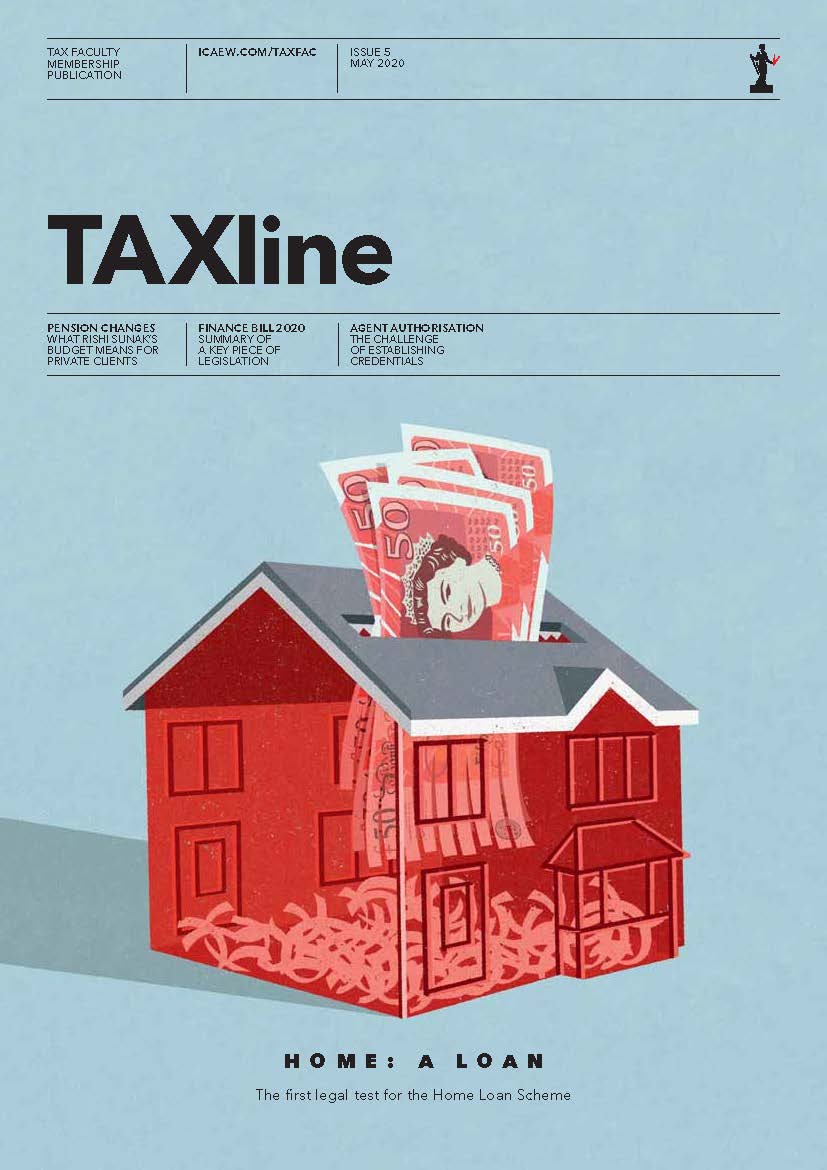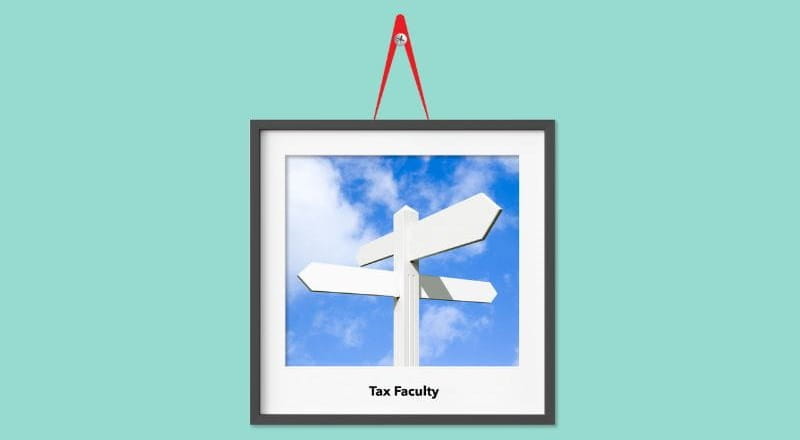Tax relief for expenses
An employee may be able to claim income tax relief for an expense they incur in doing their job which is not reimbursed by their employer. The claim can be made through PAYE in some circumstances. A number of conditions apply, including that the employee pays more in income tax than the amount of relief claimed. For further information, see HMRC’s guidance.
Process for claiming relief
Currently, employees can make PAYE claims online, by phone or by post using form P87.
HMRC has announced that, from 14 October 2024, the claim must be made by post using form P87, and it must be accompanied by supporting evidence. HMRC will then check the evidence provided and confirm if the employee is entitled to the relief. The address to send the form and evidence to is:
Pay As You Earn and Self Assessment
HM Revenue and Customs
BX9 1AS
HMRC is writing to employees and agents whose claims have been paused to inform them of the new process. HMRC says that it is “working at pace to reinstate the digital process as soon as possible”. HMRC expects that employees will be able to claim online for uniform, work clothing and tool flat rate expenses, for which evidence will not be required (see below), from 31 October 2024, and for all other expenses by April 2025.
What evidence is required?
The employee must tell HMRC which employment they incurred the expense for, and whether their employer reimbursed any of the cost. If part of the cost was reimbursed, the employee must provide evidence showing how much.
HMRC has provided the examples below of the evidence required for particular types of expense.
- Subscriptions to professional bodies: copies of receipts, or other evidence, showing how much was paid for each subscription.
- Mileage allowance: a copy of a mileage log for each employment showing the reason for every journey and the postcodes for the start and finishing points.
- Hotel and meal expenses (subsistence): copies of receipts that show the date of the stay or meal, and the name of the hotel or restaurant.
- Expenses for working from home: evidence that the employee must work from home. This could be a copy of their employment contract or something else that explicitly states they must work from home. A claim for relief cannot be made if the employee chooses to work from home.
- Other expenses: a list of each expense showing the employments they are for, plus copies of receipts or other evidence showing the name of the item and the date the expense was incurred.
HMRC will not require evidence for uniform, work clothing and tool flat rate expense claims. However, HMRC is reminding employees that they are still responsible for making sure they are eligible to claim the expenses. HMRC will carry out checks to identify customers who may not be eligible to claim relief.
Why is the change being made?
HMRC says that it has "identified a growing tax risk driven by ineligible claims for employment expenses”, and that by taking this action, it aims to “help people get their tax right first time, instead of focusing on correcting issues after they arise”.
What about self assessment?
A claim must be made via self assessment (SA) in some cases, (eg, where the employee is required to submit SA returns, or where total expenses to be claimed exceed £2,500). HMRC says that it is looking at expenses claimed in some SA returns and will carry out checks on the eligibility of claims, asking for further evidence. However, the process for submitting SA employment expenses remains unchanged.
Latest on personal tax
The Tax Faculty
ICAEW's Tax Faculty is recognised internationally as a leading authority and source of expertise on taxation. The faculty is the voice of tax for ICAEW, responsible for all submissions to the tax authorities. Join the Faculty for expert guidance and support enabling you to provide the best advice on tax to your clients or business.



